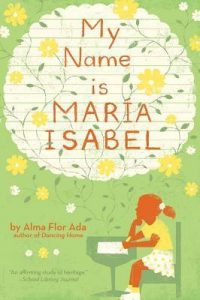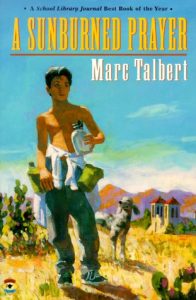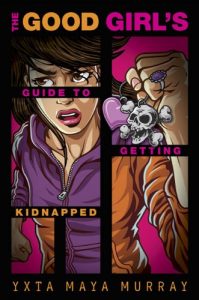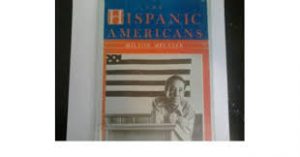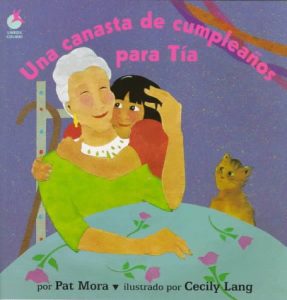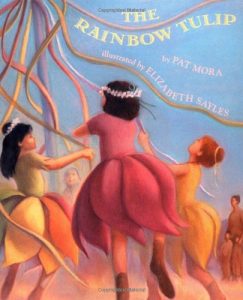 Four friends. One quince. Miami is heating up! Amigas Incorporated is officially open for business! Alicia, Jamie, Carmen and Gaz managed to throw an amazing quince for their new friend Sarita. But now that they are sophomores AND in the quince planning business, things are going to get more complicated. There is competition to deal with, not to mention pushy fifteen year olds and their overbearing mothers. Luckily, one of their own is having a quince. Carmen is turning fifteen and the rest of the friends are determined to throw her the best party ever. But in Miami, the heat is always on–and so is the drama. When the group agrees to be part of a reality show competition featuring young and upcoming party planners, Carmen begins to feel like her quinceanera is no longer in the spotlight. Will the friends find a way to balance everything? Or, will Amigas Inc go off the air?
Four friends. One quince. Miami is heating up! Amigas Incorporated is officially open for business! Alicia, Jamie, Carmen and Gaz managed to throw an amazing quince for their new friend Sarita. But now that they are sophomores AND in the quince planning business, things are going to get more complicated. There is competition to deal with, not to mention pushy fifteen year olds and their overbearing mothers. Luckily, one of their own is having a quince. Carmen is turning fifteen and the rest of the friends are determined to throw her the best party ever. But in Miami, the heat is always on–and so is the drama. When the group agrees to be part of a reality show competition featuring young and upcoming party planners, Carmen begins to feel like her quinceanera is no longer in the spotlight. Will the friends find a way to balance everything? Or, will Amigas Inc go off the air?
Latinx in US
My Name Is María Isabel
Standing Tall: The Stories of Ten Hispanic Americans
A collection of mini-biographies follows the achievements of U.S. Navy Admiral David Farragut, baseball player Roberto Clemente, singer Gloria Estefan, schoolteacher Jaime Escalente, and six other notable Hispanic Americans.
A Sunburned Prayer
The F Factor
 Javier Avila has a feeling tenth grade is going to be interesting. Forget the fact that everybody says sophomore year is so dull even the teachers get bored, and that at St. Peters High School sophomores are considered nobodies. But not Javier, because hes chosen against his will to be the first anchorman for the schools new program to televise school announcements. Javier wants the Media Broadcasting elective on his schedule to be a mistake. Hes a busy honor student who has spent years trying to live up to his smart-guy reputation, and he doesn’t have time for a useless class. And besides, who would choose to look stupid in front of the whole school every morning? And to make matters worse, the unconventional media teacher pairs Javier with Pat Berlanga, a guy who’d rather nap than talk. Javier is afraid to fail publicly, especially when he works so hard to hide his flaws from his friends and family. When everybody watches Javier Avila on the screen, will they see the face of a fraud?
Javier Avila has a feeling tenth grade is going to be interesting. Forget the fact that everybody says sophomore year is so dull even the teachers get bored, and that at St. Peters High School sophomores are considered nobodies. But not Javier, because hes chosen against his will to be the first anchorman for the schools new program to televise school announcements. Javier wants the Media Broadcasting elective on his schedule to be a mistake. Hes a busy honor student who has spent years trying to live up to his smart-guy reputation, and he doesn’t have time for a useless class. And besides, who would choose to look stupid in front of the whole school every morning? And to make matters worse, the unconventional media teacher pairs Javier with Pat Berlanga, a guy who’d rather nap than talk. Javier is afraid to fail publicly, especially when he works so hard to hide his flaws from his friends and family. When everybody watches Javier Avila on the screen, will they see the face of a fraud?

